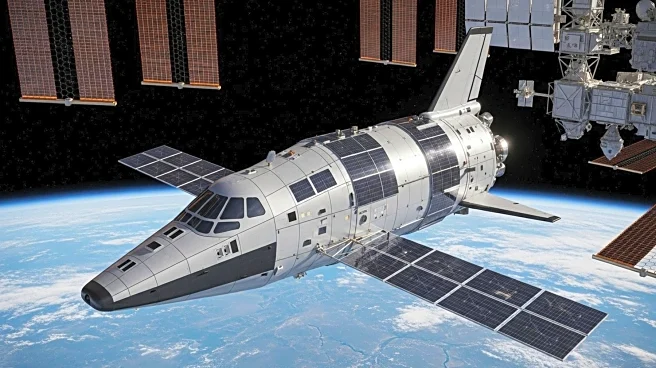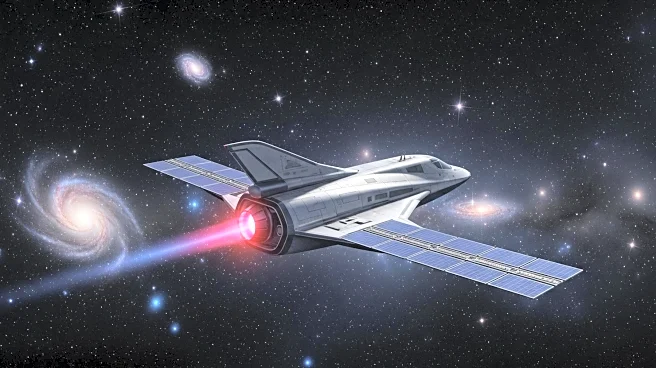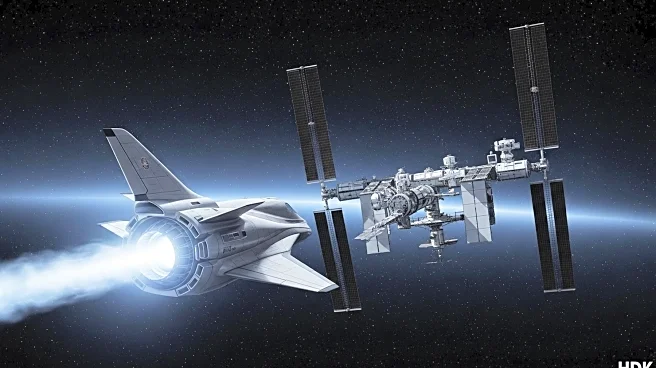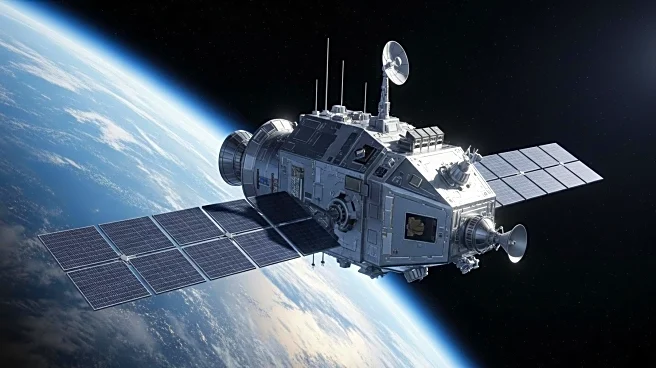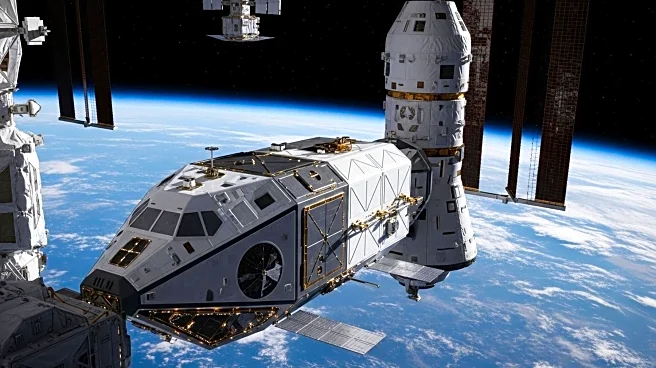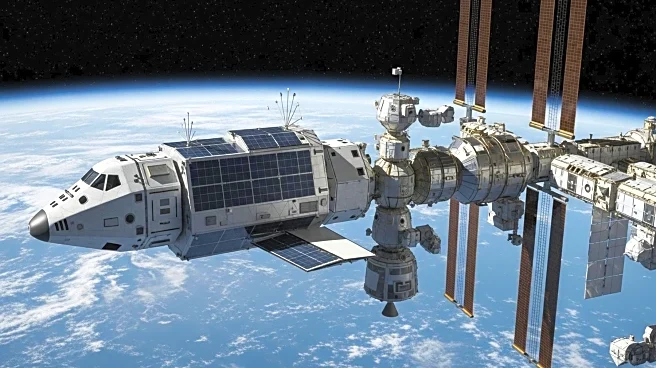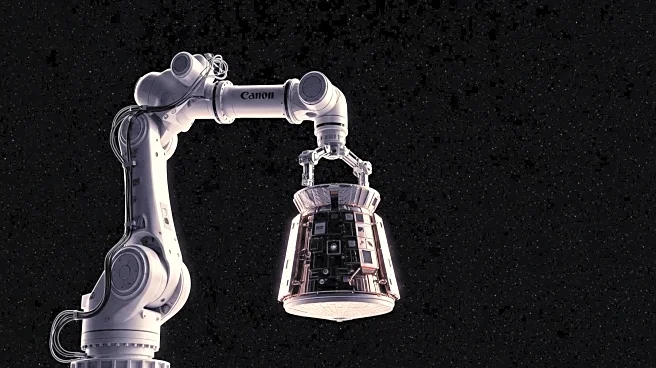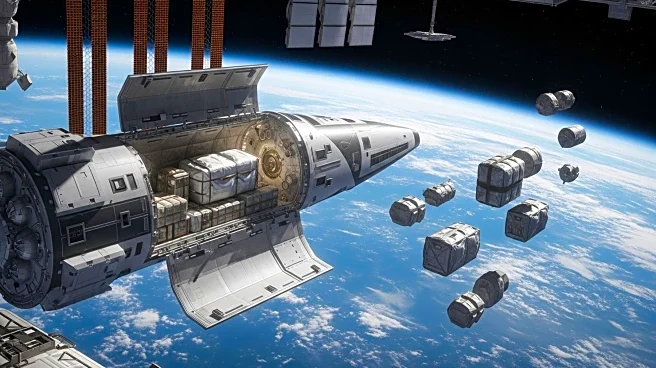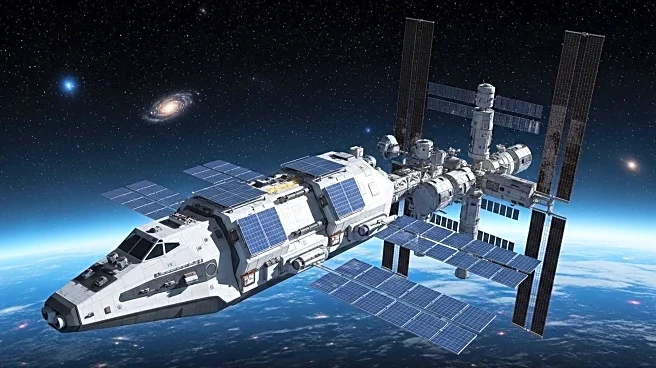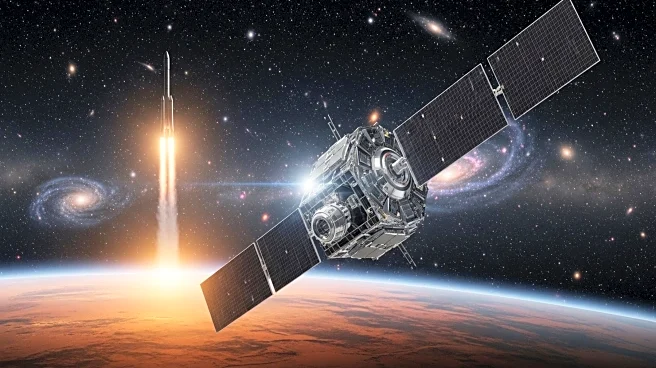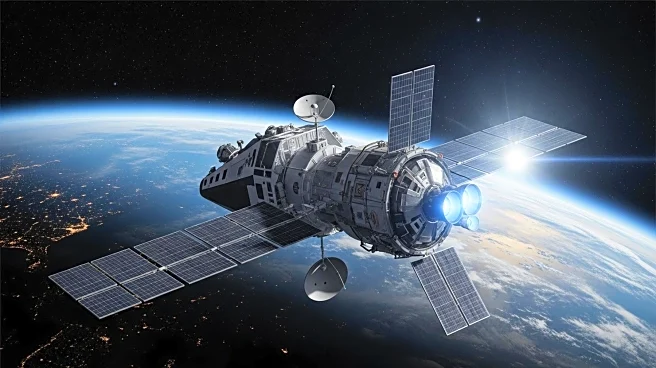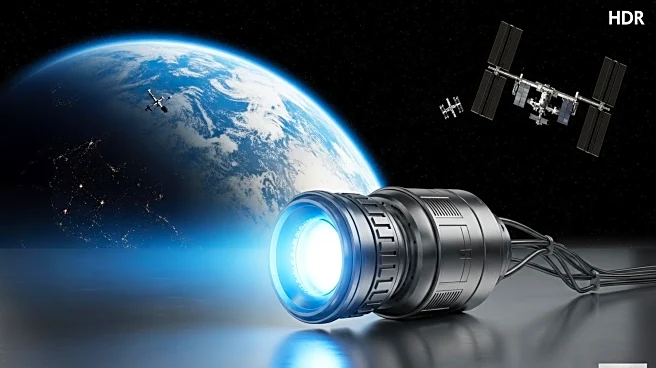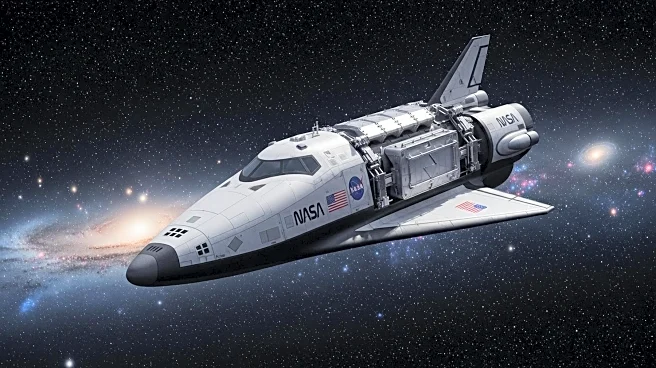What is the story about?
What's Happening?
Northrop Grumman's largest cargo spacecraft, the Cygnus XL, has successfully completed its debut mission to the International Space Station (ISS). The spacecraft arrived after a one-day delay due to a thruster issue, which was resolved by the mission team. The Cygnus XL, launched on a SpaceX Falcon 9 rocket, delivered approximately 11,000 pounds of cargo, including materials for semiconductor crystals and equipment for cryogenic fuel tanks. The mission honors NASA astronaut Willie McCool, with the spacecraft named S.S. William 'Willie' McCool.
Why It's Important?
The successful arrival of the Cygnus XL marks a significant milestone in space logistics, enhancing the capacity for cargo delivery to the ISS. This mission demonstrates the growing role of private companies in supporting space exploration and research. The increased payload capacity of the Cygnus XL allows for more extensive scientific experiments and technological demonstrations, potentially accelerating advancements in space technology and materials science. The mission also reflects the ongoing collaboration between NASA and private entities, crucial for the future of space exploration.
What's Next?
The Cygnus XL will remain docked at the ISS until March 2026, supporting various research initiatives. The spacecraft's enhanced capabilities may lead to more frequent and larger deliveries, facilitating expanded research opportunities. As private companies continue to innovate, the space industry may see further advancements in spacecraft design and mission efficiency, potentially paving the way for deeper space exploration and commercial ventures.
AI Generated Content
Do you find this article useful?
